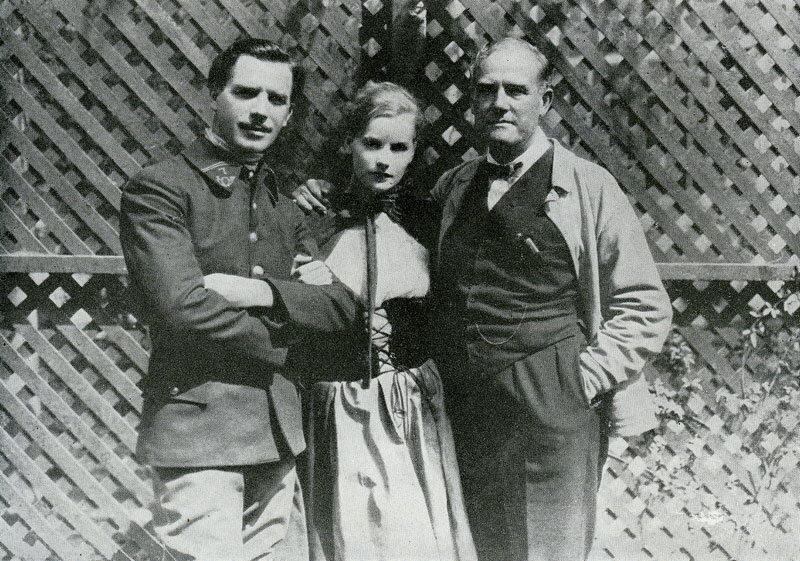
Scott Lord on the Silent Film of Greta Garbo, Mauritz Stiller, Victor Sjostrom as Victor Seastrom, John Brunius, Gustaf Molander - the Golden Age of Swedish Silent Film........Lost Films in Found Magazines, among them Victor Seastrom directing John Gilbert and Lon Chaney, the printed word offering clues to deteriorated celluloid, extratextual discourse illustrating how novels were adapted to the screen; the photoplay as a literature;how it was reviewed, audience reception perhaps actor to actor.
Friday, December 18, 2020
Wednesday, December 16, 2020
Saturday, July 18, 2020
Friday, April 3, 2020
Scott Lord Silent Film: Cliff Hanging Moments from the Silent Serials
Greta Garbo written by
Scott Lord on Silent Film, Scott Lord on Mystery Film
at
8:31:00 AM
No comments:

Greta Garbo
Silent Film,
Silent Serials
Scott Lord Silent Film: Pearl White in The Perils of Pauline, The Shatter...
Greta Garbo written by
Scott Lord on Silent Film, Scott Lord on Mystery Film
at
8:29:00 AM
No comments:

Greta Garbo
Silent Film,
Silent Serials
Sunday, March 15, 2020
Monday, February 10, 2020
Scott Lord Swedish Silent Film: Gyurkoricsarna (John Brunius, 1920)
Scott Lord Silent Film: Gustaf Wasa (Brunius, 1928)
Greta Garbo written by
Scott Lord on Silent Film, Scott Lord on Mystery Film
at
9:45:00 PM
No comments:

Greta Garbo
John Brunius,
Scandinavian Film,
Scott Lord,
Scott Lord Silent Film,
Silent Film,
Svenska Filmhistoria,
Swedish Silent Film,
Swedish Silent Film John Brunius
Wednesday, January 29, 2020
Friday, January 17, 2020
Subscribe to:
Posts (Atom)

